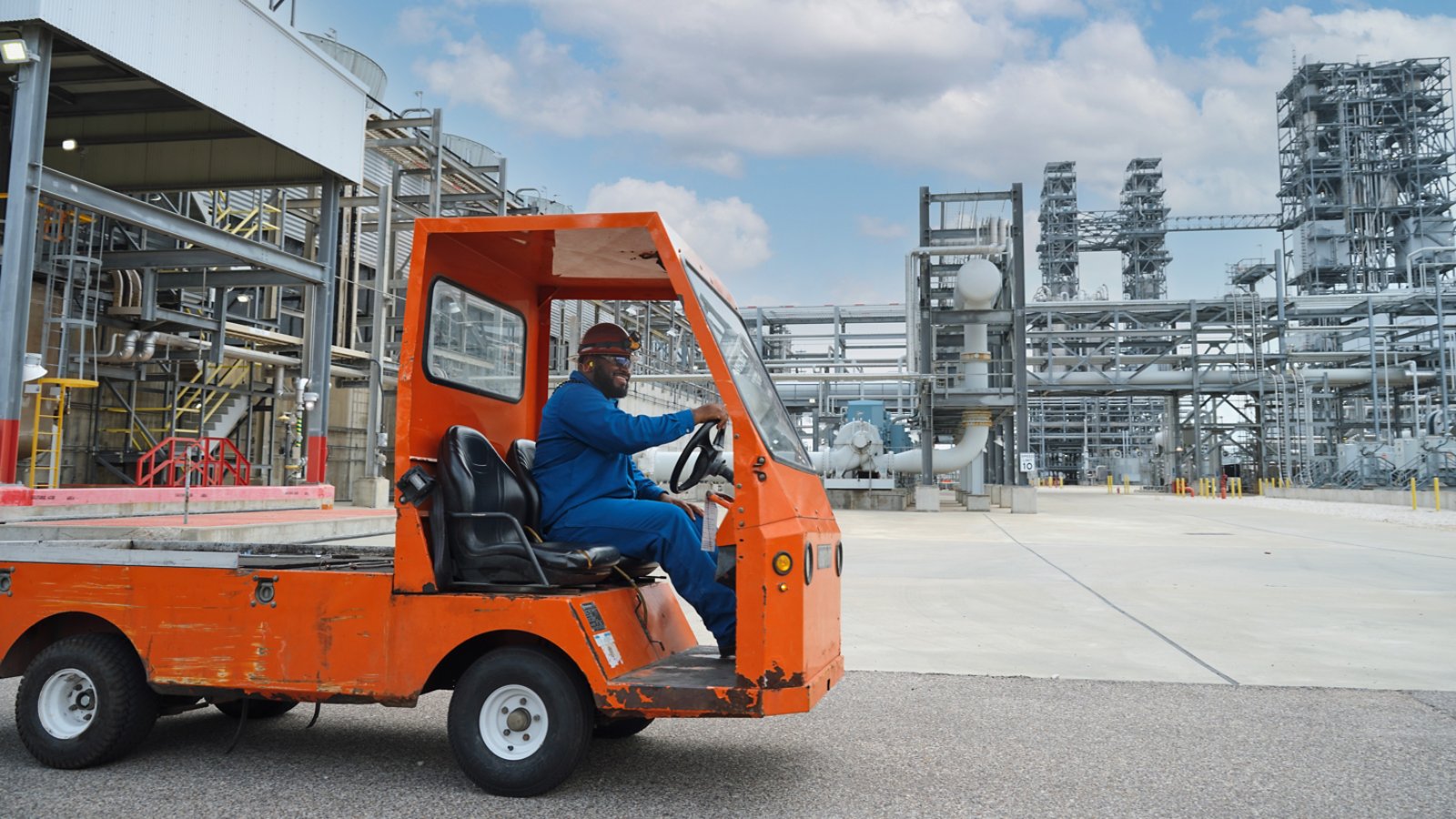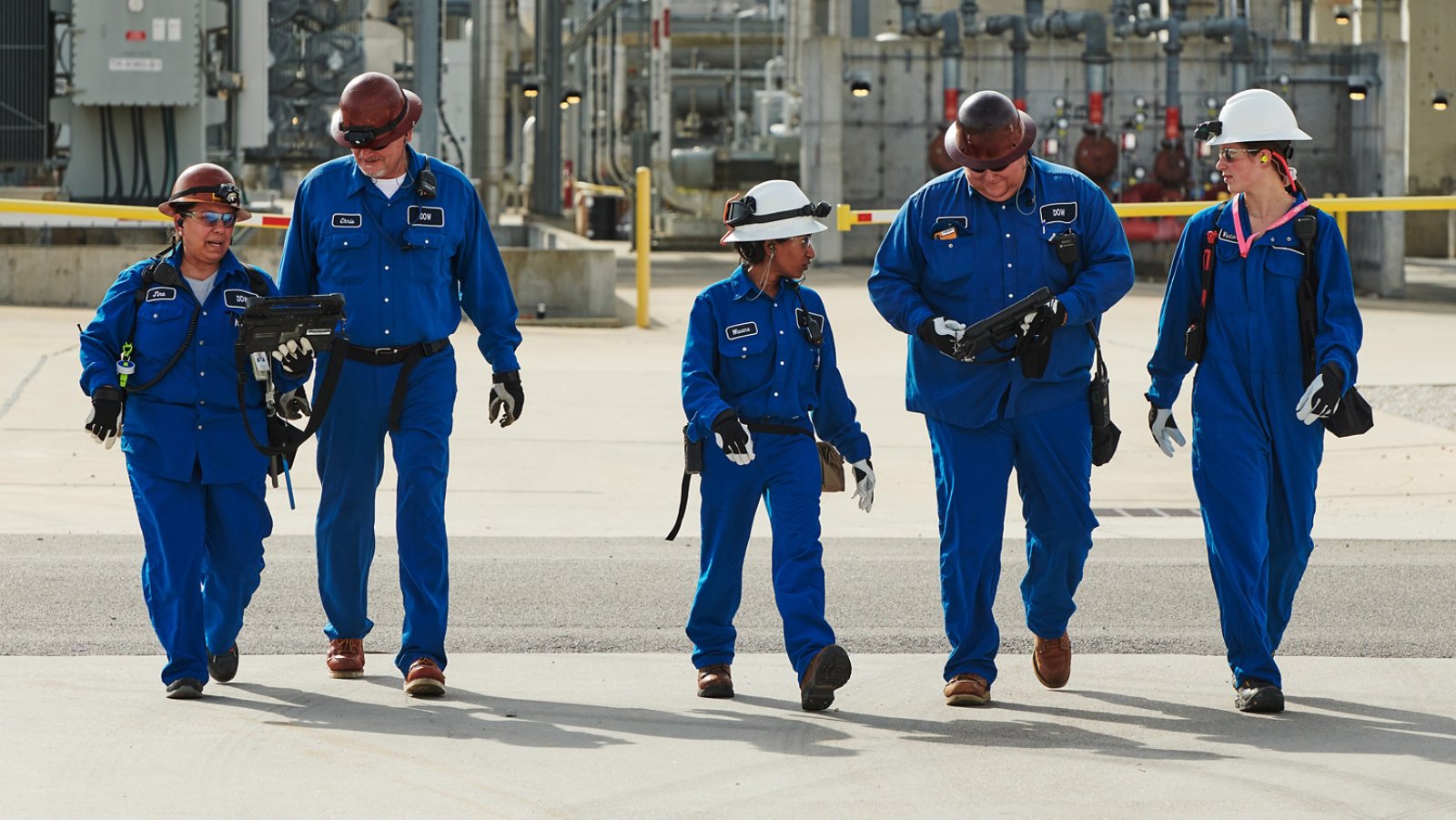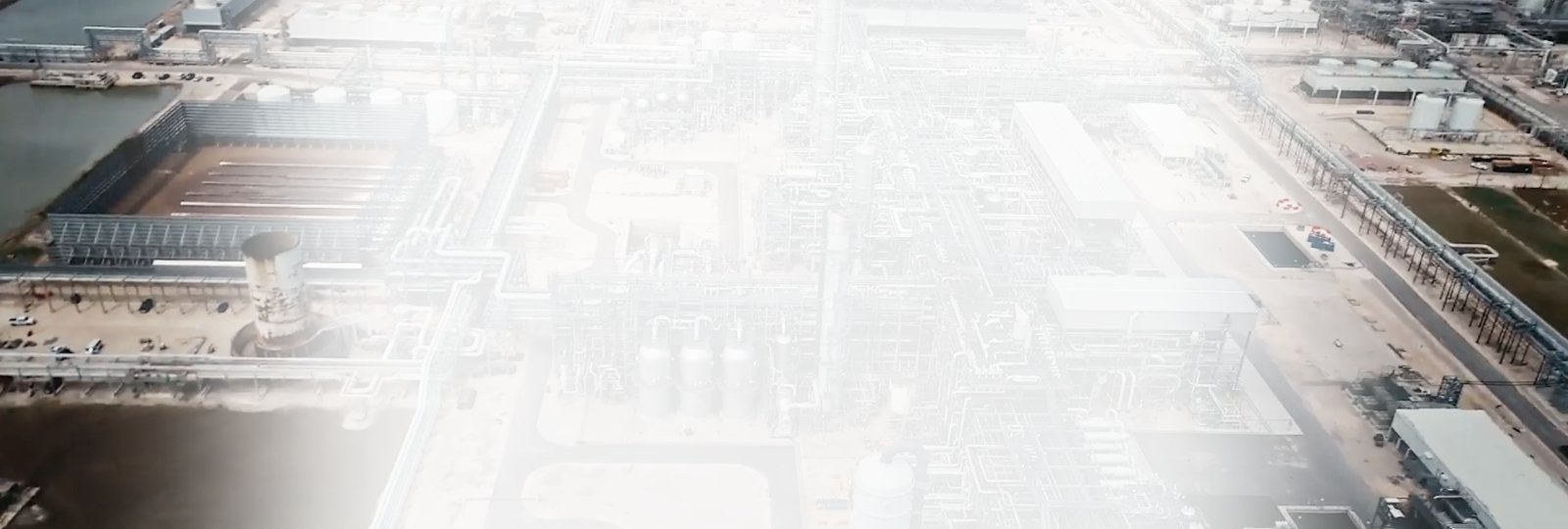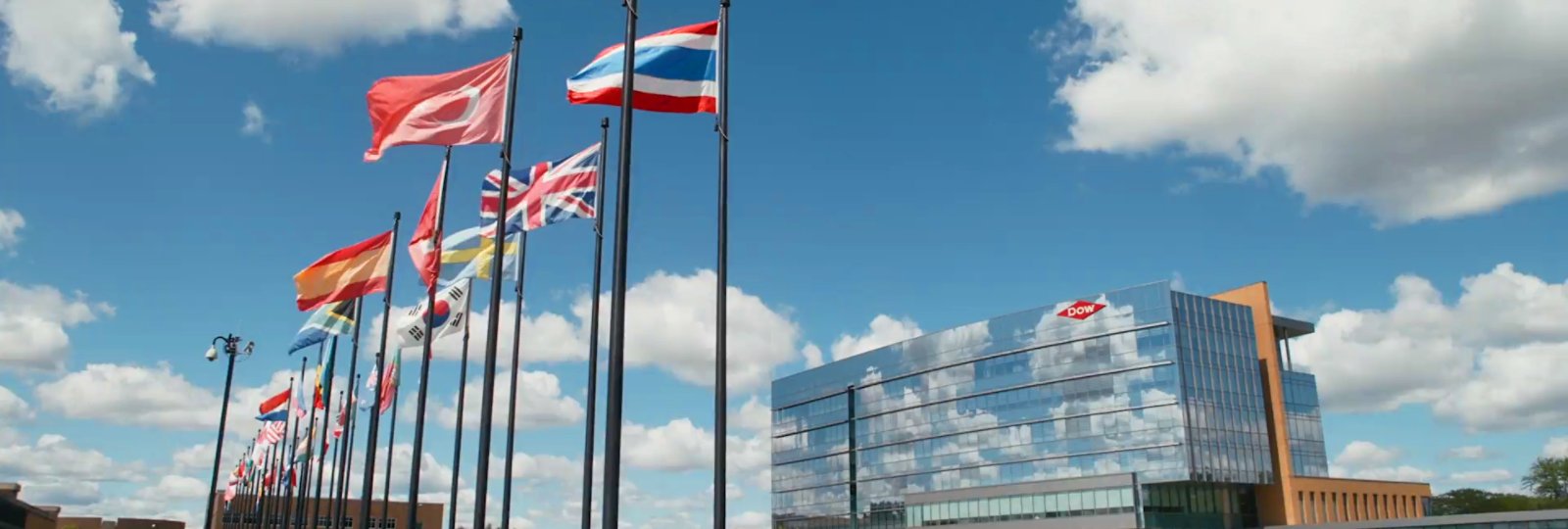Watch Dow’s story
Dow has been driving digital innovation into manufacturing operations for more than a decade. So, when the company turned its focus to modernizing plant maintenance, leadership leaned in with an ambitious plan and pilot for its Freeport, Texas location.
With 40 production plants covering 20 square miles, Dow’s Freeport site is the largest integrated chemical manufacturing complex in the Western Hemisphere.
Each plant contains thousands of mechanical components, all with manual processes for production and maintenance. To execute a maintenance work order, an engineer from the control room often had to go out into the field to inspect the affected components, pull the relevant process documents from the paper filing system, write a safety analysis report, and deliver it to a field operator.
Operators then carried the printed documents back into the field to perform production or maintenance tasks. And because field operators needed to coordinate with the control room on certain steps, there was often much walking back and forth to communicate face to face, sometimes doubling the time needed to complete an operation.
The printed process documents also posed a safety risk as operators worked to keep up with the paper while inspecting, and sometimes climbing, components and manually checking off all the steps in order. Despite great care, the potential for human error remained.
Clark Dressen, Global IT Innovation Center Director and 34-year Dow veteran, wanted processes that enabled operations teams to work more efficiently and safely. And he was sure that achieving that goal would also increase plant productivity and reliability.
“One of the primary problems we were trying to solve was getting information into the field to change the way we do operations and maintenance tasks,” says Clark. “...we wanted to make that information available at the fingertips of the front-line professionals, impacting how they work, how they interact, how they collaborate, how they solve problems.”
For us, one of the biggest opportunities was just getting information out to where the work was happening.
It’s not just delivering shiny new tools or technology, but really embedding them into the work processes, into the procedures, and into the everyday activities.”
But there was one major challenge. A large industrial site like Dow’s doesn’t have the benefit of commercial connectivity, and the tons of steel and concrete make building a radio network difficult.
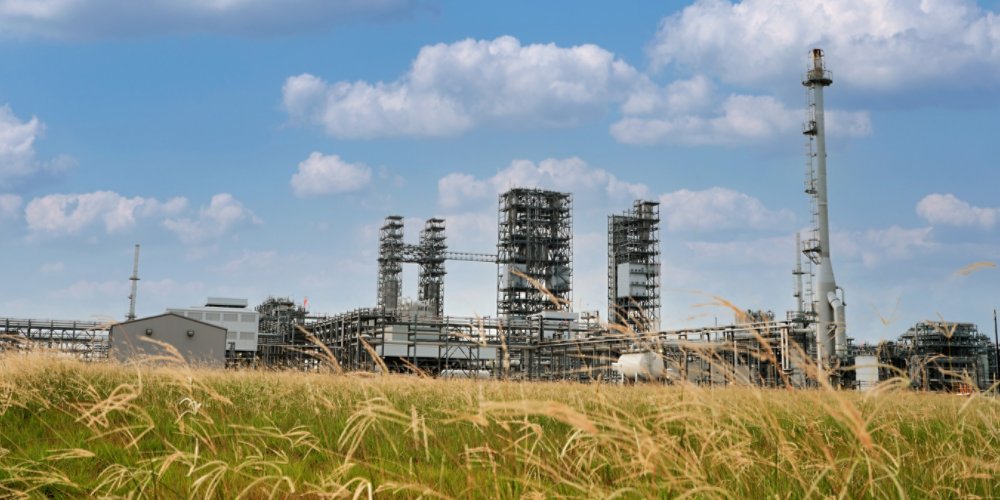
To get the right information into the hands of workers and realize the larger Digital Manufacturing vision, it was time for mobile connectivity.
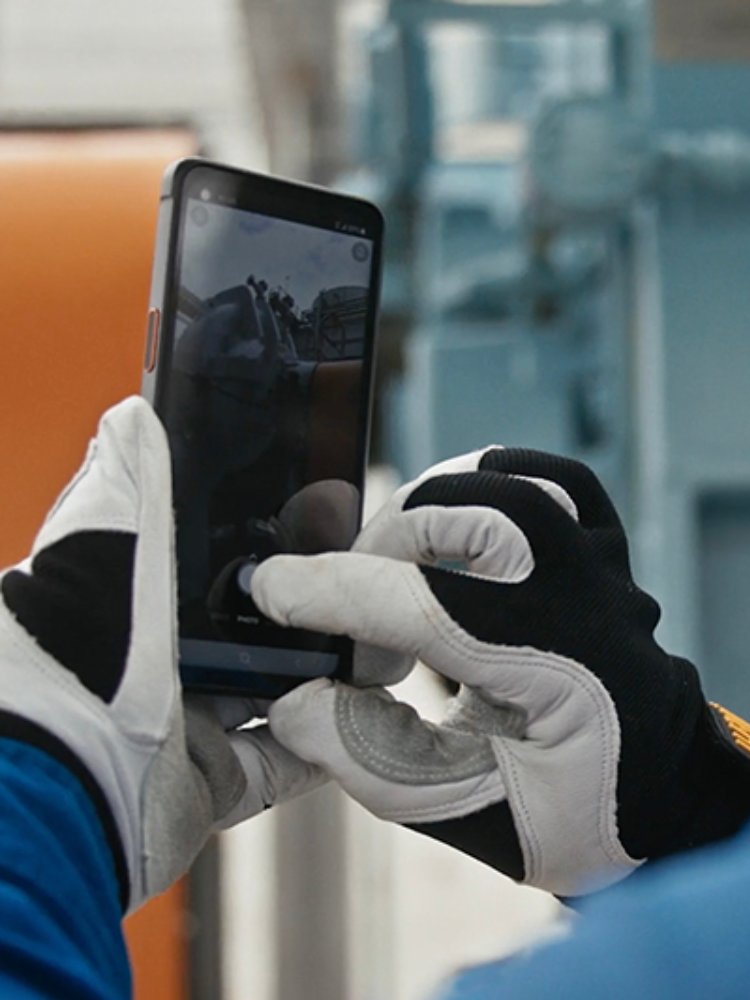
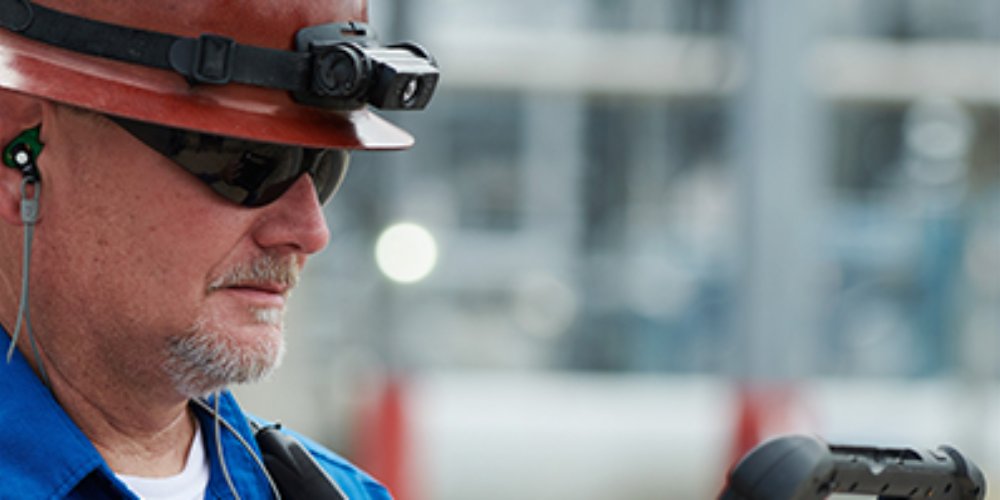
“We looked at other solutions like Wi-Fi, but it’s hard to get that type of service extended over such a large geographic area,” says Clark. “The plant in Freeport is made up of four distinct areas where we have plants, operating units, and people working. To provide that type of coverage, it was going to be very expensive and very difficult to maintain and operate.”
Together, Kyndryl and Dow operations and maintenance teams mapped out requirements for a cost-effective, private LTE network that could securely cover the entire Freeport complex. Then, they worked to set up cellular bandwidth, enable firewall security, and create a container solution to flexibly manage security profiles. Implementation was quick, with the private network evolving from a proof-of-concept to a fully scaled production environment in about 12 months.
“We were introducing a lot of new tools to our operations and maintenance teams in terms of changing the way we do our daily work,” says Clark. “Kyndryl was a great partner for us, working with our internal teams from a security architecture point of view to make sure they would fit the Dow environment.”
One aspect of Digital Manufacturing that I’m excited about is training our site employees to develop their own digital procedures. With the number of sites we have, IT can’t develop every digital procedure. Now, we’re training employees how to do that themselves.
Meet The Team
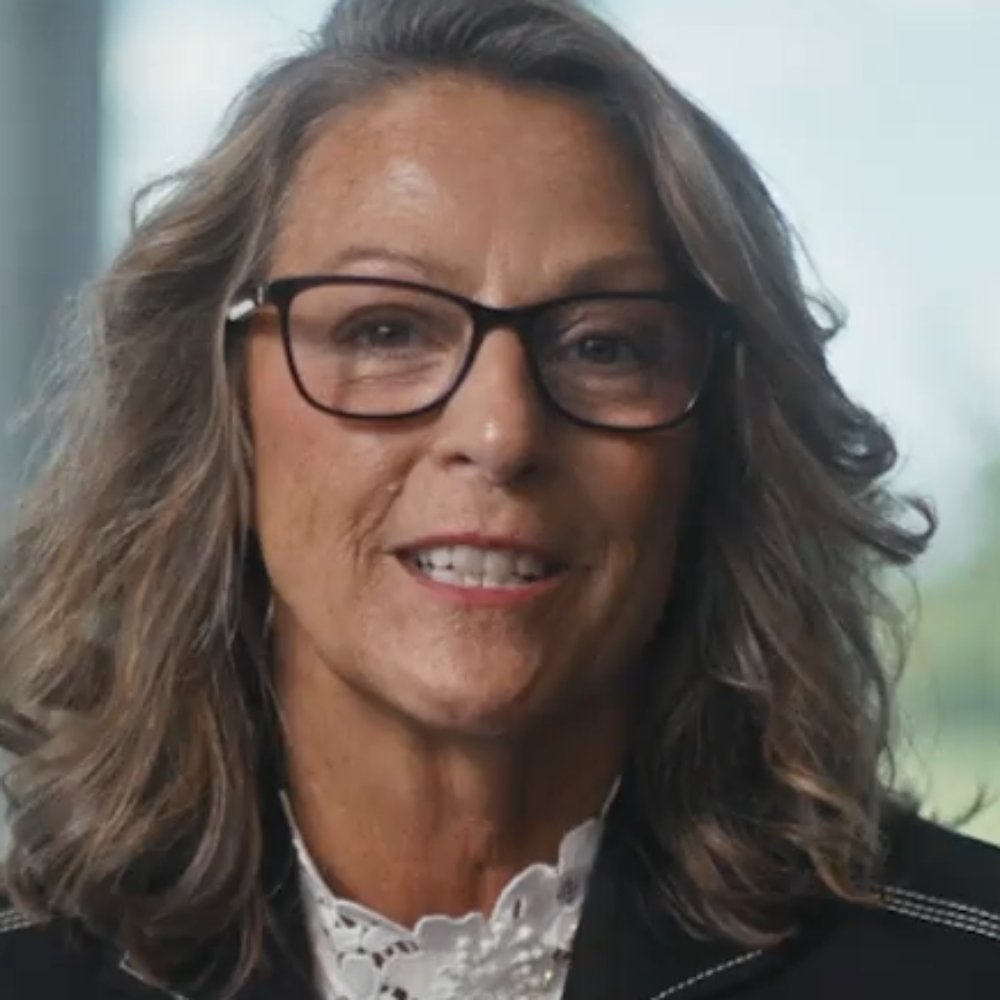
Melanie Kalmar

Clark Dressen

Onofrio Pirrotta

Jason L Jackson
More IT modernization stories
Citation
* Of surveyed Plant Engineering subscribers responsible for maintenance. Industrial Maintenance Report, CFE Media and Technology, March 2021.

